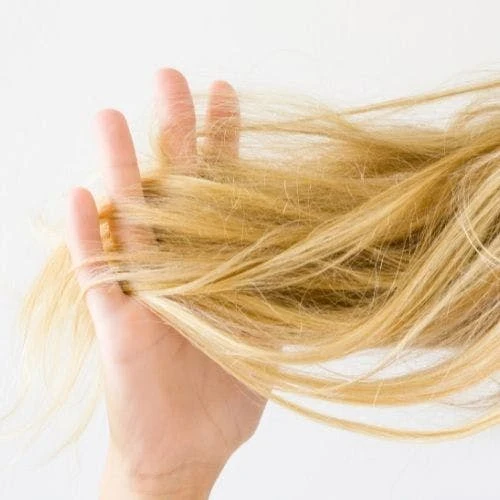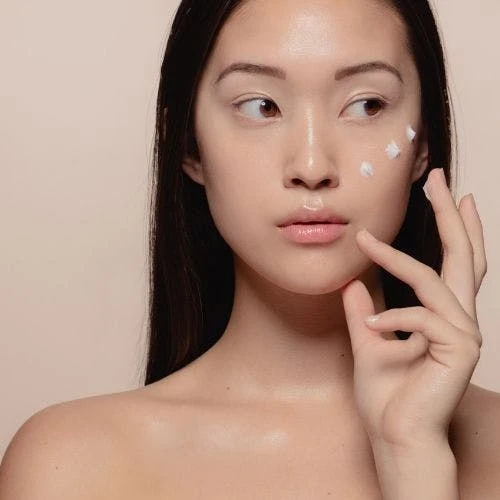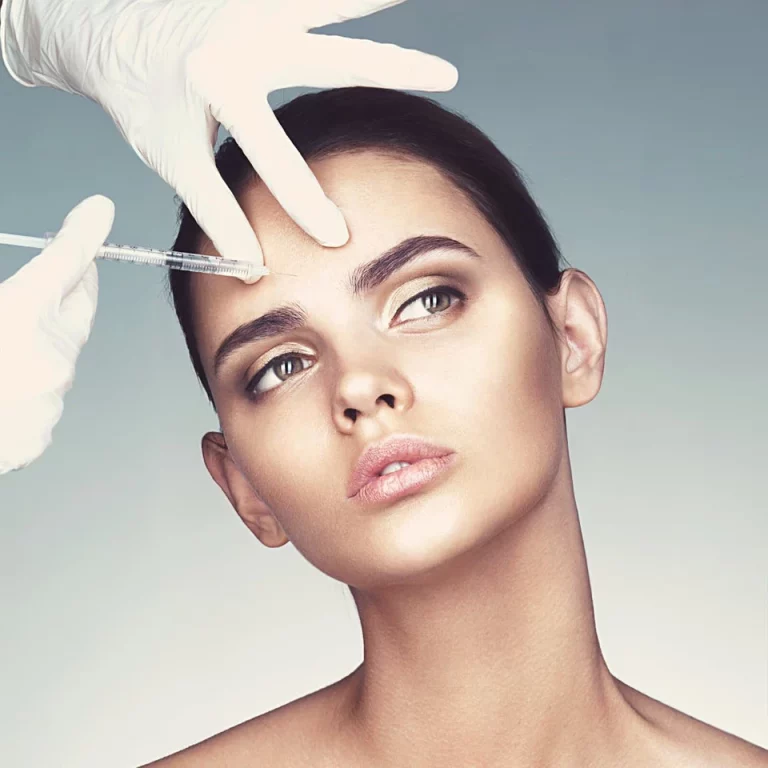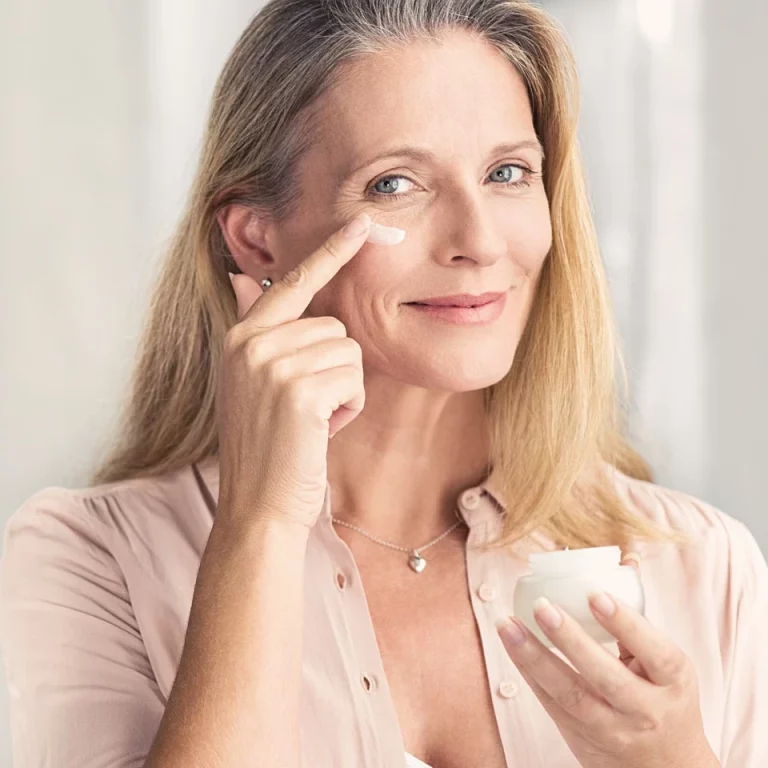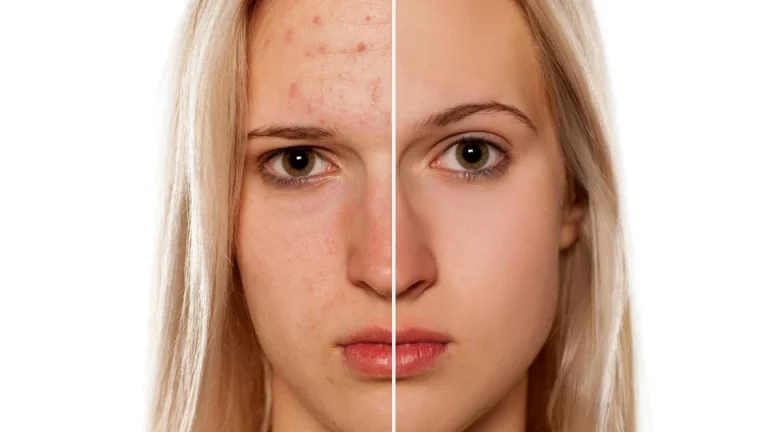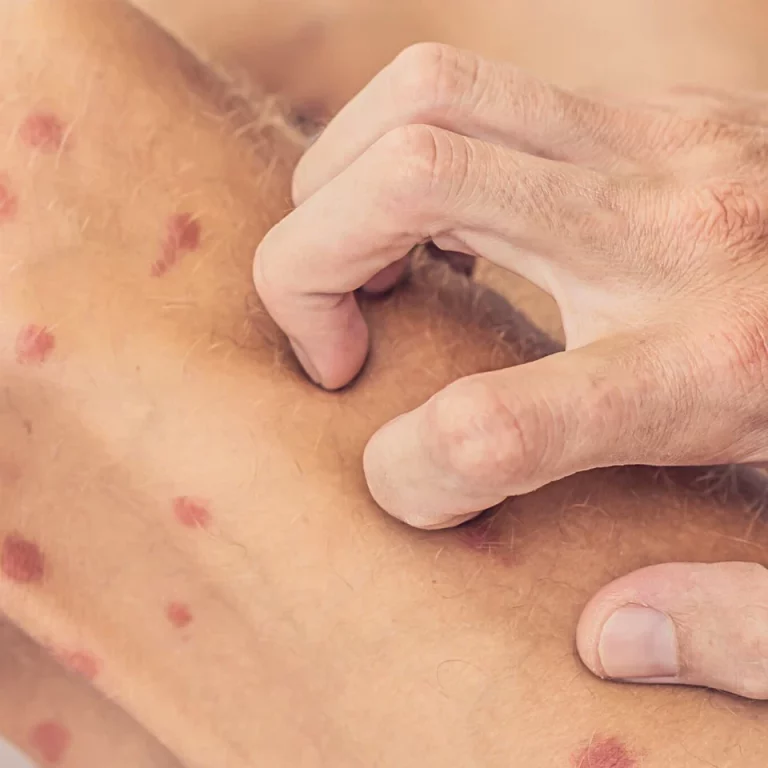Foods that Cause Acne – According to Dermatologists
Acne vulgaris is a very common dermatologic condition that affects about 9.4% of the population worldwide.[1] Acne is most common in adolescents and young adults, affecting 75-98% of 16-18 year olds. Acne is a serious condition which may cause permanent scarring of the skin if severe. Acne can also negatively affect mental health, social relationships and wellbeing.[2]
In the teenage years, acne is more common in males but as acne persists into adulthood, it becomes more common in women. Approximately half of women experience acne in their 20s with one quarter of women remaining affected in their 40s.[3]
A variety of factors influence the tendency to develop acne including our genetics, environment, hormones and diet.[4]
Diet and Acne
Before we get to the specific food categories, let’s talk about what happens to the skin before acne occurs. There are four key factors that occur in the skin that lead to acne: excess sebum or oil production, plugging of hair follicles by excess sebum and dead skin cells, bacteria proliferation and inflammation. Diet has been shown to influence acne formation through the action of hormones, increasing inflammation in the skin and changes in the bacteria on our skin.[5]
Foods that Cause Acne
Some foods, like high glycemic load foods, may contribute to getting more acne, while some other foods, like those rich in omega 6 may help with reducing acne. Let’s take a closer look.
What are the foods that cause acne? High Glycemic Load Foods and Acne
Carbohydrates in our foods are broken down into sugars by our bodies. Carbohydrate containing foods differ in how the sugars they produce affect blood sugar levels. The glycemic load (GL) is a measure of a food’s ability to raise blood sugar levels. High GL foods increase hormones circulating in the body that promote oil production in the skin and follicular plugging leading to acne. What are high glycemic load foods? Think white bread, pasta, baked goods, potatoes, rice, certain fruits, sugary foods and processed foods. Studies suggest that diets low in GL may reduce acne.[6] Examples of low GL foods are nuts, vegetables, certain fruits, fish, eggs and meat.
Can Omega-6 foods cause acne? Does Omega-3 help with acne?
Omega acids are types of fat found in foods. Western diets tend to have high omega- 6 levels and low omega-3 levels which favors acne by increasing oil production and inflammation in the skin. By increasing omega-3 and reducing omega -6 in the diet, oil production and skin inflammation can be reduced and acne improved. Improvement in acne has been seen with omega-3 supplementation and increasing omega-3 containing foods in the diet such as seeds and oils made from chia, hemp, flax and walnut as well as fish.[7]
Does Dairy Cause Acne?
Milk increases hormones which stimulate oil production and follicle plugging. In particular, skim milk has a strong correlation with acne possibly due to other components that more drastically increase certain hormones compared to whole milk. Whole milk also contains more estrogen hormone which tends to reduce acne. This could also explain the difference between skim versus whole milk on acne.[8] Milk also contains leucine, an amino acid that promotes oil production and follicle plugging.
Whey protein, which is a common protein source in protein bars, shakes and powders, is one of the protein components of dairy and contributes to acne through the same mechanisms as milk.[9]
Interestingly, cheese intake has not been associated with acne. This is likely because cheese has a lower glycemic load[10].
Related: Best Moisturizer After IPL Treatment
Meat
Meat also contains leucine that promotes sebum production and follicular plugging, which in theory would increase the likelihood of acne. However, the studies evaluating the effect of a vegan diet on acne have had mixed results.[11]
Probiotics for Acne
Study of the microbiome and how it relates to acne is an active area of research. Early studies on consuming probiotics show benefit to reducing acne. There are many potential mechanisms to explain how probiotics improve acne, however further research is needed.[12] In addition to supplements containing probiotics, adding probiotic rich foods to the diet such as sauerkraut, kimchi, and yogurt with live cultures may lead to improvement of acne.
Does Chocolate cause Acne?
There are many theories out there claiming that eating chocolate makes your skin worse. In reality, the effect of chocolate on acne has been widely discussed but remains unproven and controversial.[13]
Can drinking water help reduce acne?
Many say that drinking extra water can improve acne. While it is important to keep our body hydrated, there is no clear evidence of reduced acne with increased water intake.[14]
So Does My Diet Affect Acne?
The relationship between diet and acne has been discussed for years but only recently become more widely accepted and remains an area of active research. The answer is yes and no.
There is strong support for avoiding dairy, in particular skim milk and whey protein, and focusing on low glycemic index foods to improve acne. Adding probiotic and omega-3 rich foods as well as decreasing omega 6 and meat consumption can be considered as well to gain control of acne.
Authors: Brooke Grant Jeffy, MD, Aarushi Jain
Medically Reviewed By: Dr. Brooke Grant Jeffy, Board Certified Dermatologist
We discuss products we think are useful to people. If you buy something through our links, we may earn a commission. Remember to check with your personal physician to see if a product recommended is right for you.



